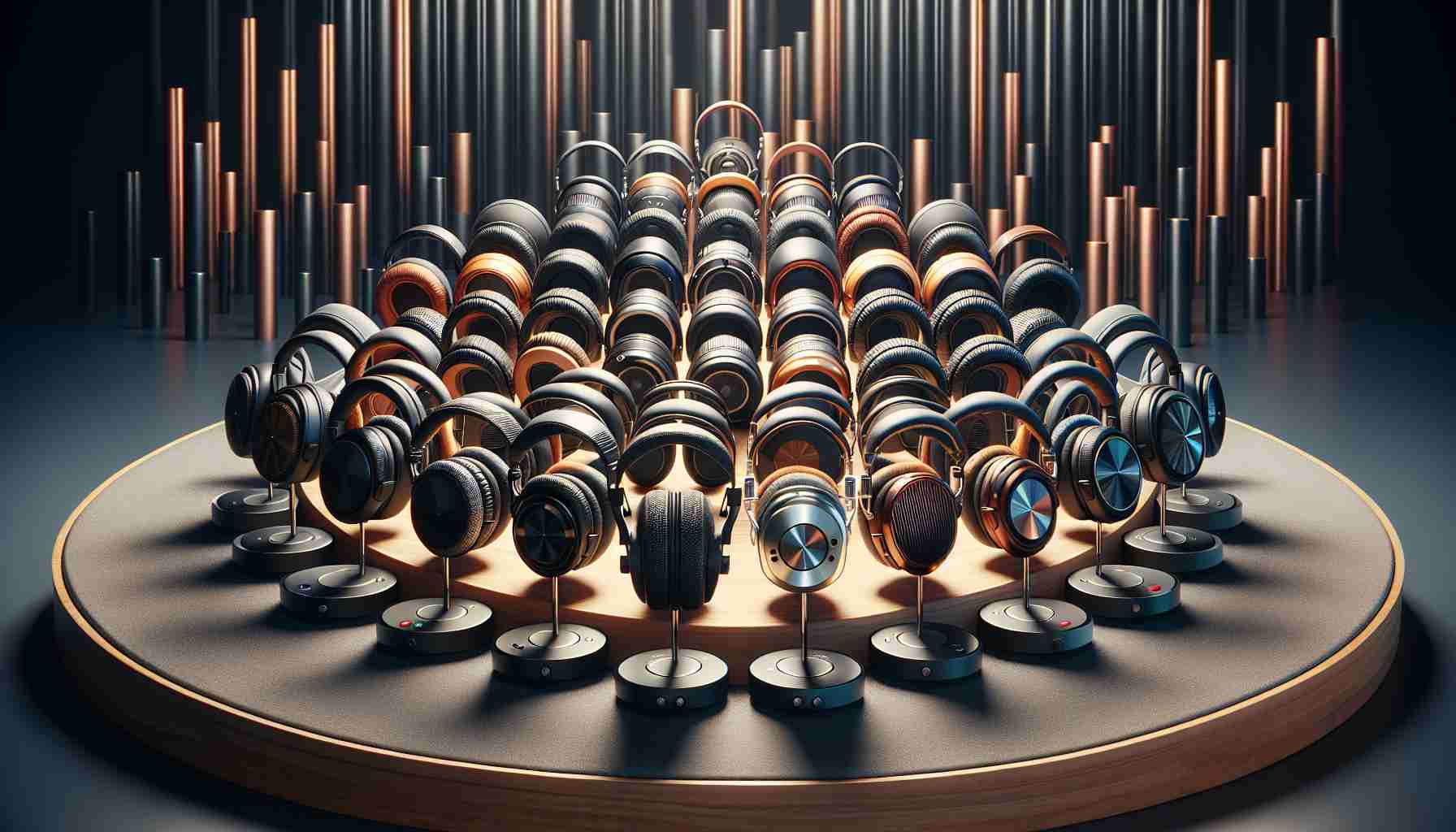Mark Levinson has made an impressive entry into the headphone market with their flagship model, the No. 5909, retailing for a premium price of $999. These headphones are crafted with durability in mind, ensuring they remain comfortable even during extended listening sessions, thanks to their plush and replaceable leather earcups and headband.
The Technics EAH-A800 brings a nostalgic feel to contemporary listening experiences. Revived by Panasonic, these headphones feature a classic design while also providing modern functionality. They are portable, folding both flat and compactly, and offer a dynamic sound profile characterized by strong bass and impressive clarity, particularly after they’ve had time to adapt to the user’s preferences.
Sennheiser’s Momentum True Wireless 3 earbuds stand out for their remarkable audio performance. Enhanced noise cancellation and voice call quality, combined with a sleek design that includes fins for a secure fit, make these earbuds a strong competitor against top-tier products like the Sony WF-1000XM4.
Updating their well-known model, Sennheiser introduced the 450BT headphones, which feature notable improvements. With a longer battery life hitting up to 30 hours while using noise cancellation, USB-C charging capabilities, and enhanced Bluetooth connectivity, these headphones typically retail around $200 but can often be found on sale, making them a worthwhile investment for any audio enthusiast.
Exploring the Audiophile Headphone Landscape: A Deep Dive into High-End Audio
The audiophile headphone landscape is gaining momentum as audio enthusiasts seek the perfect listening experience. When exploring this realm, it’s essential to address not just the products available but the context in which audiophile headphones are used, as well as the pressing questions that accompany this niche market.
What defines audiophile headphones?
Audiophile headphones are typically characterized by their superior sound quality, exceptional build materials, and careful engineering designed to reproduce audio as faithfully as possible. Headphones like the Audeze LCD-X and Focal Utopia exemplify this high-fidelity pursuit. Audiophile-grade equipment often includes planar magnetic or electrostatic drivers, which are known for their accuracy and transparency.
Why are audiophile headphones so expensive?
High-end headphones often utilize premium materials (like high-grade metals and exotic woods), advanced driver technology, and rigorous quality control processes, justifying their premium price range. Limited edition models or those handcrafted by artisans can also escalate costs significantly.
What are the key challenges facing audiophile headphone manufacturers?
One of the primary challenges is the rapidly changing technology landscape. Manufacturers must continuously innovate to stay relevant while also satisfying the demands of a diverse consumer base that includes both casual listeners and serious audiophiles. Additionally, there is a growing debate on whether the shift towards wireless technologies may compromise sound quality, leading to a divide among enthusiasts about the best listening format.
Advantages of Audiophile Headphones
1. Sound Quality: Audiophile headphones provide superior audio fidelity, making them ideal for discerning listeners who value sound detail and accuracy.
2. Comfort: Many high-end models prioritize ergonomic design for extended comfort during lengthy listening sessions.
3. Durability: Premium materials often lead to longer-lasting products, making them worthwhile investments.
Disadvantages of Audiophile Headphones
1. Price: The most notable drawback is their high cost, which can be prohibitive for many consumers.
2. Portability: Some audiophile headphones, especially open-back models, are bulky and not designed for on-the-go use.
3. Technology Dependence: Audiophile-grade headphones often require high-quality sources (like DACs or amplifiers) to reach their full potential, which adds to the overall investment.
Controversies in the Audiophile Community
The audiophile community is not without its controversies. One prominent topic is the debate over perceived versus measured sound quality. Some skeptics argue that individual preferences, rather than objective measurements, heavily influence what is considered “better” sound. Additionally, the push for wireless technology has led to concerns about sound loss due to compression, creating a rift between traditionalists and modern audio consumers.
In conclusion, exploring the audiophile headphone landscape involves understanding the complexities of sound quality, technology, and personal preferences. As more consumers immerse themselves in high-fidelity listening, manufacturers face the challenge of balancing advancement with tradition.
For more insights into audio technology and product reviews, visit Headphone Review and Audiophile On.









